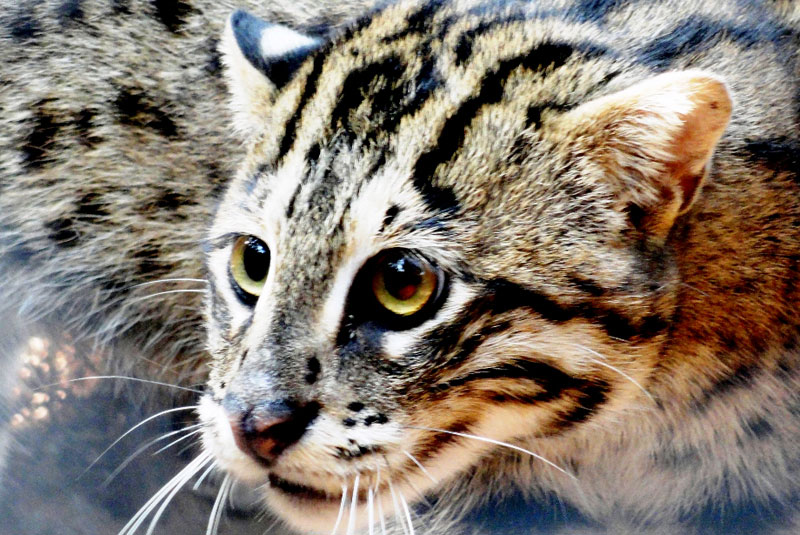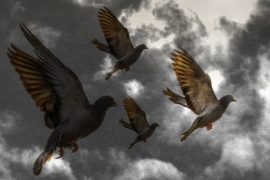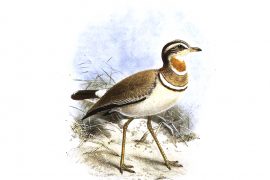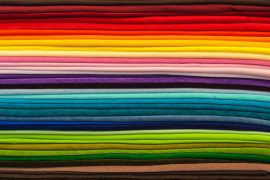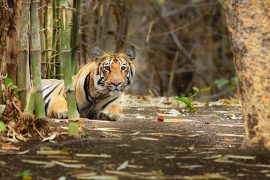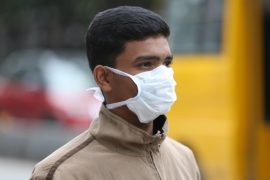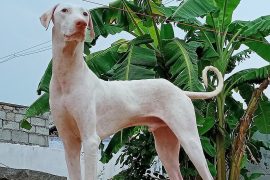At the end of October, 2016, fireworks from Diwali celebrations combined with existing pollution choked the city of Delhi with smog. Flights from the city’s airport were delayed or cancelled, but nobody warned the city’s birds to be wary – a peacock flying into the city from a nearby forest crashed into a window and injured itself in the blind haze. Nearby in Gurgaon, dog owners found their pets wheezing and teary-eyed from the smoke.
There are many ways in which humans and animals come into conflict. We choke them out of their habitats, strike them with our cars, sterilize, shoot and set them on fire – all out of an unwillingness to co-exist peacefully. A graphic video from 2016 shows a leopard trapped in a cage, and set alight by villagers.
https://www.youtube.com/watch?v=EekMcvGkAZw
It’s a needless, shocking loss of life. Is it possible for humans and animals to co-exist peacefully at all?
The urban ecology
Monkeys, deer, kites, peacocks, leopards, snakes, anteaters, wild cats – these are just some of the species that can be found in cities in India. In Vishakapatnam, located smack between the Eastern Ghats and the Bay of Bengal, you might even find an endangered cat hunting fish.
The ‘Prionailurus viverrinus’ (known simply as fishing cat), with its webbed paws and slightly elongated nose, frequents coastal regions for their abundance of easy-to-catch fish, and is on the International Union for Conservation of Nature (IUCN)’s ‘Vulnerable’ list – meaning they’re at high risk of going extinct in the wild.
Copyright©Madras Courier, All Rights Reserved. You may share using our article tools. Please don't cut articles from madrascourier.com and redistribute by email, post to the web, mobile phone or social media.Please send in your feed back and comments to [email protected]

